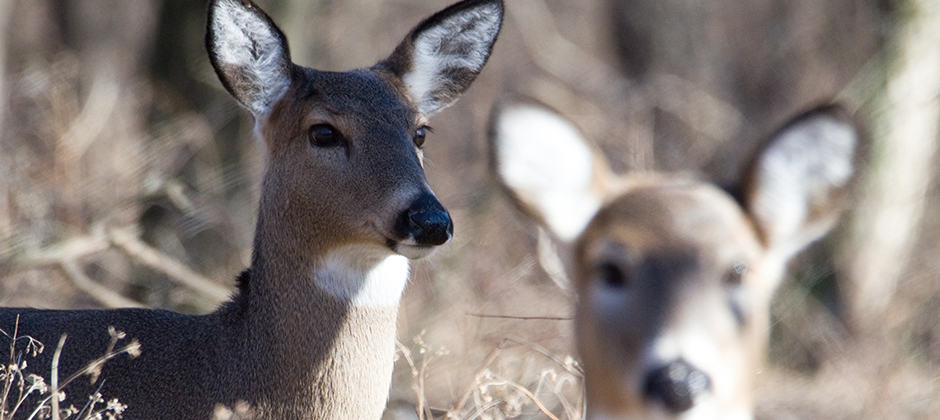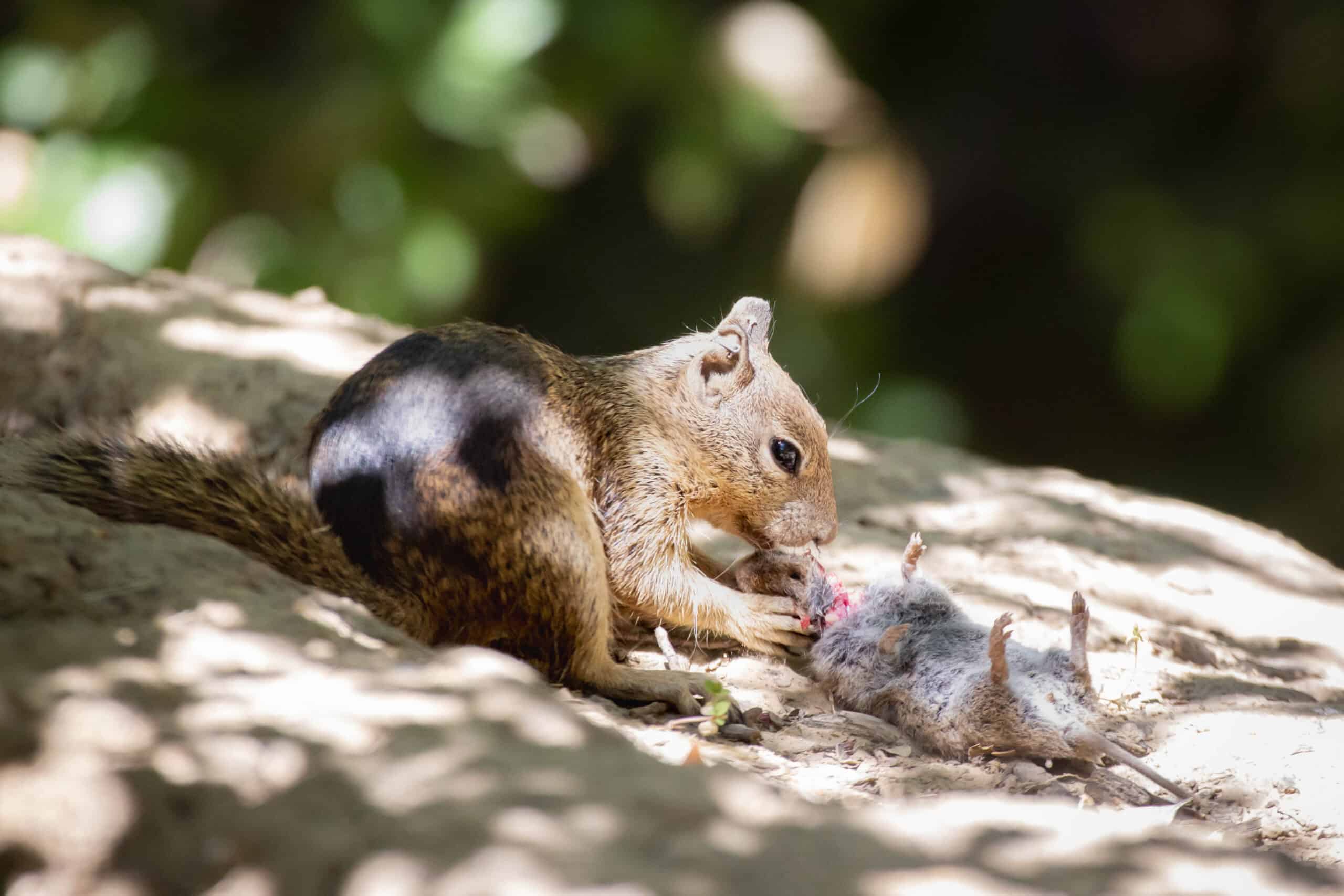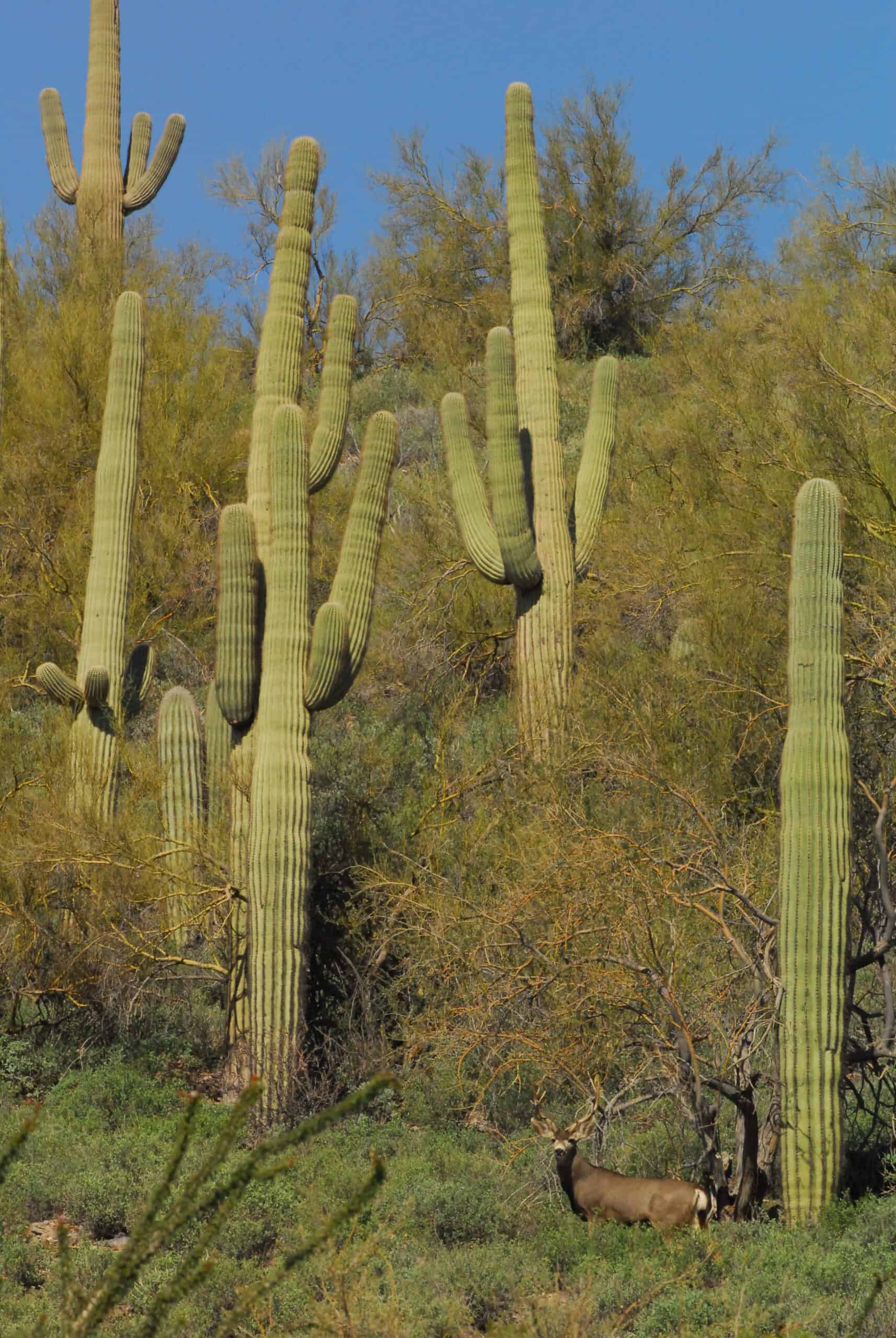Share this article
JHU Press publishes new wildlife books
From topics such as the North American Model of Wildlife Conservation to conserving wildlife internationally, Johns Hopkins University Press will publish four new wildlife books that can benefit wildlifers and help add to and update their knowledge.
The following books, edited by experienced wildlife professionals, provide information about relevant wildlife topics.
Structured Decision Making, Case Studies in Natural Resource Management
This book, edited by Michael Runge, Sarah Converse, James Lyons and David Smith, teaches wildlife professionals how to simplify and optimize the decision-making process in natural resource management when stakeholders have conflicting priorities.
To do so, the authors provide and analyze real examples of structured decision-making including 15 detailed case studies. Some of these studies highlighting the managing of tradeoffs include oil sand mining, wetlands restoration and imperiled species conservation planning in aquatic and terrestrial environments.
The North American Model of Wildlife Conservation
In this book, editors Shane Mahoney and Valerius Geist, both leading authorities on the North American Model, provide an overview of origins, achievements and shortcomings of this conservation approach.
The model began at the end of the 19th century, at a time when resource expansion, market hunting and subsistence killing resulted in high losses of wildlife.
In the book, writers review this method of conservation and how it emerged. They also detail the model’s institutions, principles, laws and politics. Writers also discuss other factors including the model’s challenges and limitations as well as economic, social and cultural benefits of wildlife restoration and management.
Renewable Energy and Wildlife Conservation
While renewable energy including wind, solar and energy from biomass is better for the environment than a lot of other forms of energy, it also has many effects on wildlife and other forms of biodiversity which can become complicated.
In this book, edited by Christopher Moorman, Steven Grodsky and Susan Rupp, writers discuss ways to use renewable energy infrastructure that can also create habitat and promote species’ health. “All too often, narratives around renewable energy and wildlife conservation place the two fields at odds,” said Tiffany Gasbarrini, senior science editor with Johns Hopkins Press. “This unique new book brings together disparate conversations about the protection of wildlife and the upscale of renewables, suggesting ways that the scientists and policymakers who champion those critical priorities can function hand-in-hand.”
The book stresses the importance of our actions in both wildlife and energy fields and the use of scientific information to create a balance between the two. Some topics discussed include processes to generate renewable energy, the effects of renewable energy production on wildlife and their habitat as well as how to minimize harm to wildlife, recent advances in renewable power technologies, and research needs at the intersection of renewables and wildlife conservation.
The book is relevant to policy makes and industry professionals.
Quantitative Analyses in Wildlife Science
This book, edited by Leonard Brennan, Andrew Tri and Bruce Marcot, is a guide to help wildlife scientists improve analysis and decision-making.
Because wildlife science has become so quantitative over the years, but many wildlifers aren’t formally trained as biometricians, computer modelers or mathematicians, this book will help students and professionals better understand how to use quantitative methods in their work.
The book touches on topics such as general statistic methods, demographic estimation, dynamic process modeling, analysis of spatially-based data on animals and resources and numerical methods. Understanding of these things will help inform topics such as population estimation and growth trend predictions as well as the study of migration patterns.
International Wildlife Management
From Montana to Zimbabwe, wildlife biologists face similar challenges such as habitat loss, disease management, predator-human conflict and illegal trade. However, wildlife professionals may approach these issues differently in different places.
In this book, edited by John Koprowski and Paul Krausman, wildlife experts make connections and draw attention to causes and strategies for managing and conserving wildlife around the world.
“Conservation and management of wildlife is a prominent global issue and increasingly requires global solutions,” Koprowski said. “Habitat loss, poaching, illegal trade, invasive species, climate change, energy development, predator removal, emerging diseases and international borders create considerable threats to biodiversity. Opportunities for successful management include private lands management, community-based conservation, ecotourism, captive breeding, translocation and collaboration among international organizations.”
International Wildlife Management: Contemporary Challenges in a Changing World includes authors from 17 countries and six continents. They provide an international perspective on collaboration, non-governmental organizations and more.
Within the chapters, the authors examine widespread patterns of wildlife loss, cover key conservation strategies such as species reintroduction and community engagement, explore the urgent concerns of climate change, habitat loss and fragmentation, invasive species and poaching and more.
Because wildlife doesn’t recognize artificial geographic borders, this book demonstrates the importance of international collaboration.
Also new in paperback:
Essential Readings in Wildlife Management & Conservation
Two leading wildlife biologists, Paul Krausman and Bruce Leopold, provide 42 papers that they suggest every wildlife student should read, from Aldo Leopold to Dan Decker. In addition to reproducing the original text, they include commentary on why each piece is important and they also provide a listing of more current papers inspired by the classics.
Header Image: Johns Hopkins University Press will publish four new wildlife books. ©Orest Ukrainsky








